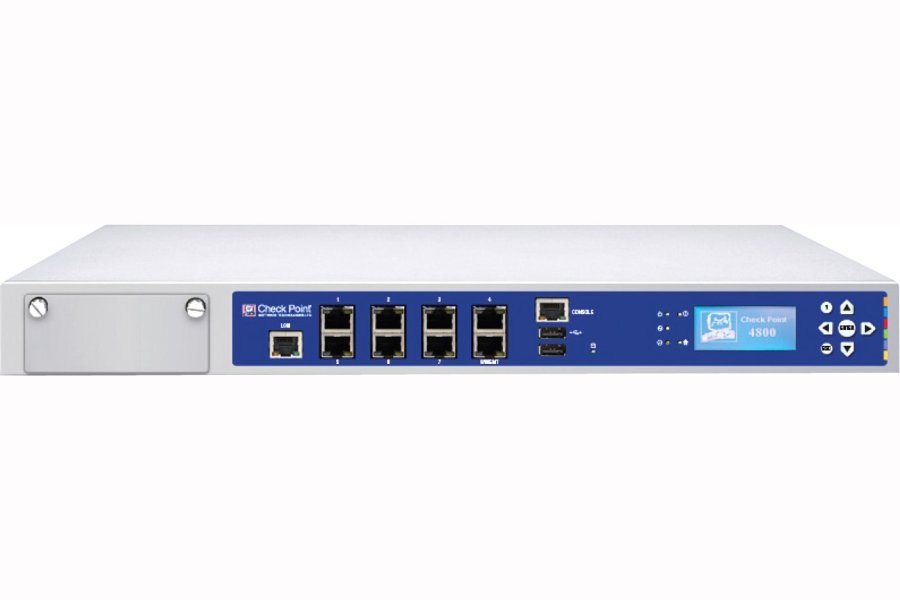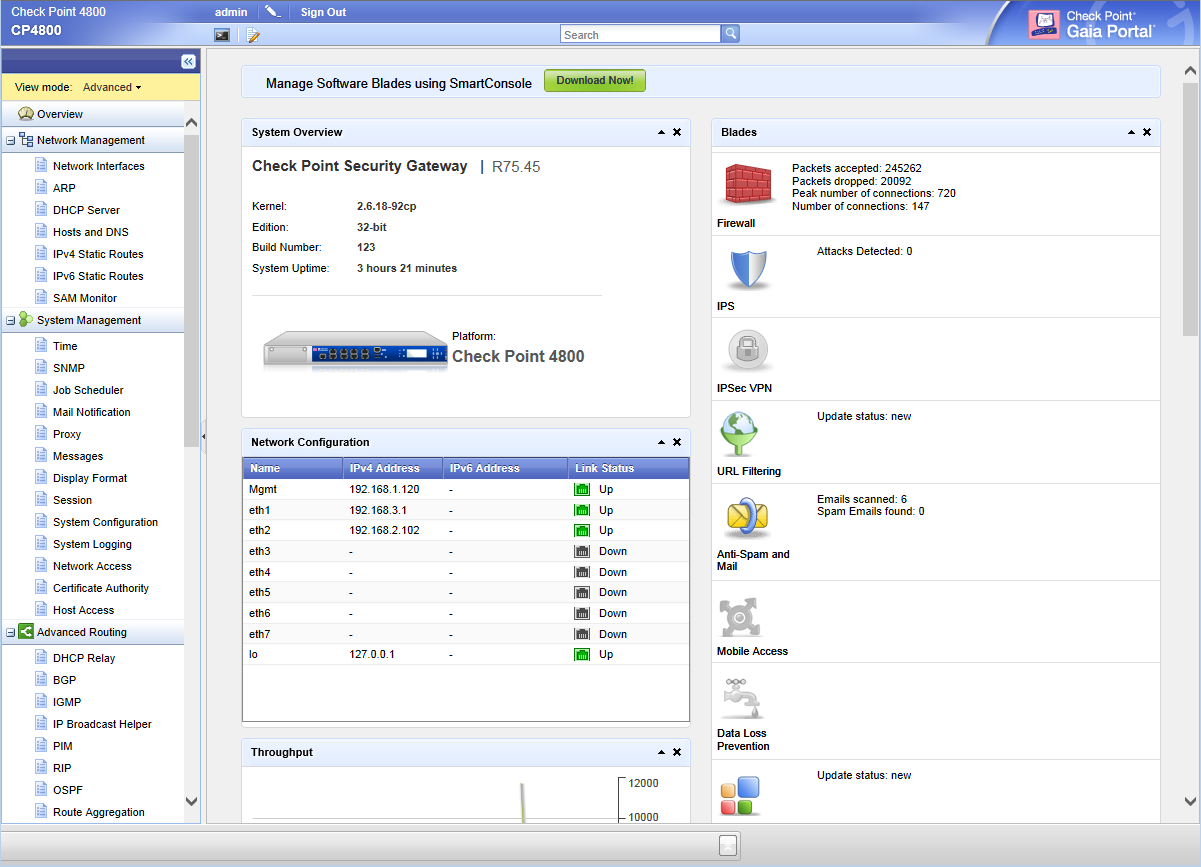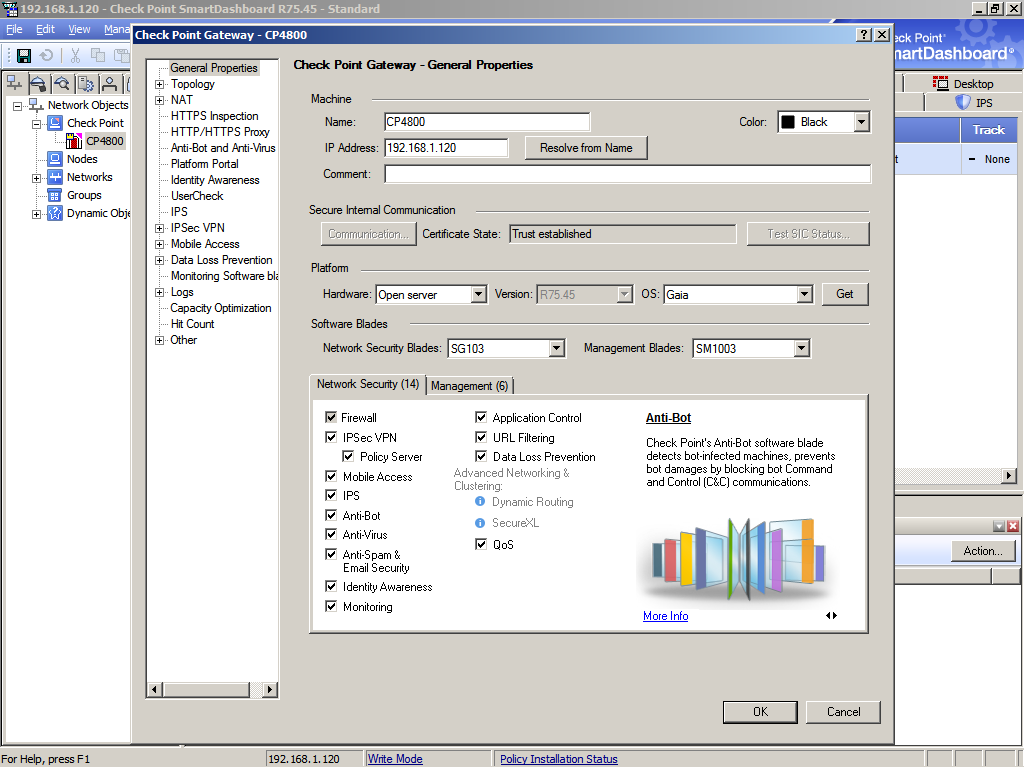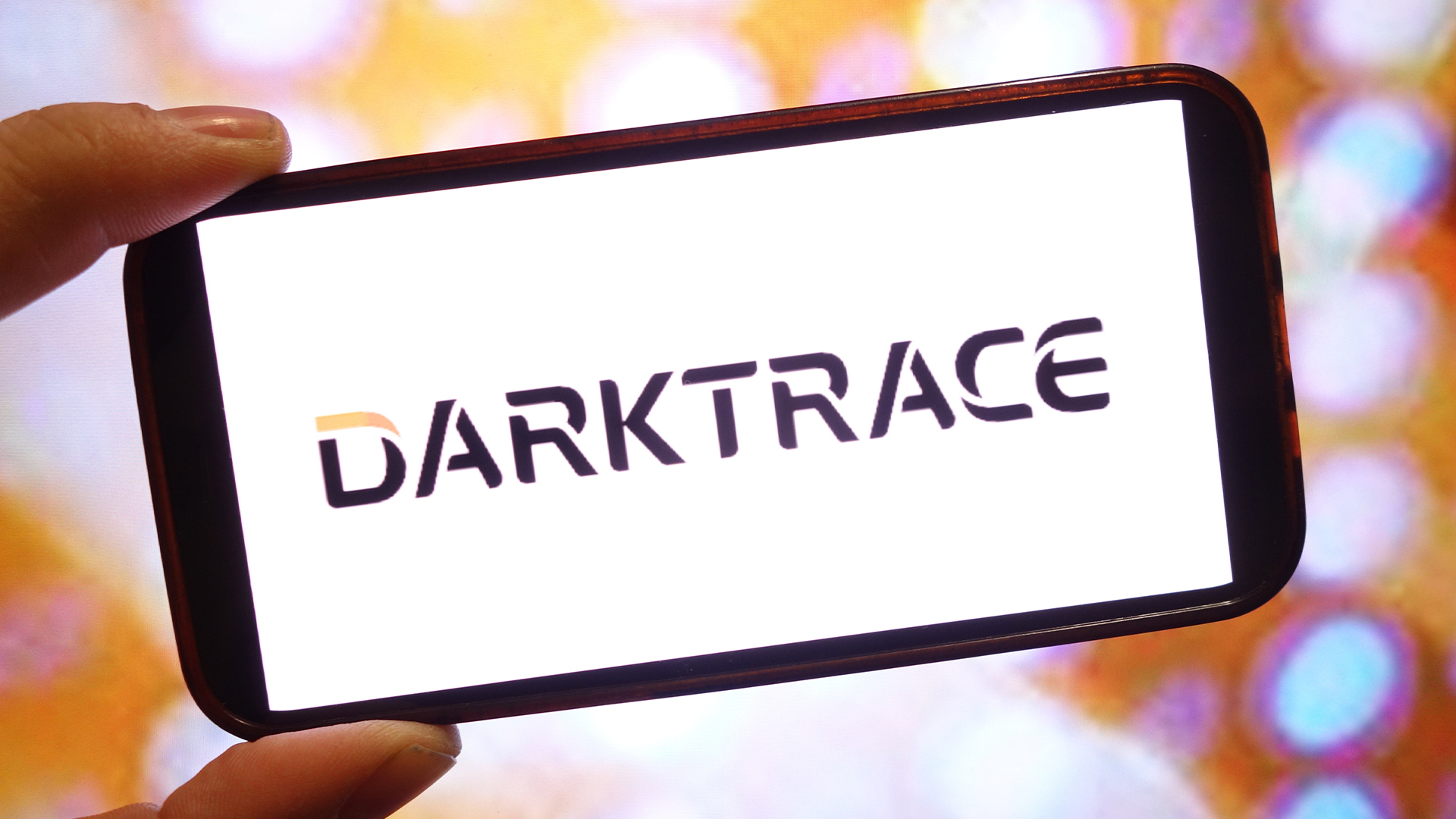Check Point 4800 Appliance review
We exclusively review the new 4800 security appliance and round up all its latest features.

The 4800 Appliance delivers a superb range of data security measures and the new Gaia web interface simplifies deployment immensely. Check Point’s software blades allow you to pick and choose which features you want although some optional reporting tools are expensive.
-
+
Gaia unified OS; Wide choice of software blades; High performance; Extensive reporting facilities
-
-
Complex range of reporting tools; Can present a steep learning curve

Since its acquisition of Nokia in 2009, Check Point has always had two disparate security product ranges with Nokia's IPSO running on one family and its own SPLAT (Secure Platform) running on the other. In a move that's been long overdue, Check Point has released its Gaia OS which amalgamates everything under one roof.
In this exclusive review we look at the new 4800 Appliance the flagship of Check Point's mid-sized business solutions. This 1U rack appliance has eight Gigabit ports, 4GB of DDR3 memory and an internal 250GB SATA hard disk for storing image backups.
We found the Gaia web interface far more accessible than previous versions.
It offers maximum raw firewall and IPS throughputs of 11Gbits/sec and 6Gbits/sec respectively. Upgrade options are extensive as you can double the amount of memory, fit a redundant PSU and use the expansion slot to increase the number and variety of Gigabit ports.

The new Gaia web interface provides full access to all network settings for Check Point's security appliances.
The Gaia interface
Previously, Check Point's web interface only allowed you to manage basic network settings. Gaia changes all this. Essentially, all OS and network settings are now managed from the web console and security functions are handled through the SmartConsole apps.
We found the Gaia web interface far more accessible than previous versions. You can access so much more than before with options to configure network interfaces, all system management, alerting and log settings, advanced routing and user access security.
For lab testing we wanted a DHCP server on the LAN side which can now be configured from Gaia whereas previously we've had to use the CLI Sysconfig command. There's a lot more information as well with the home page keeping you posted on the status of all blades and warning if automatic updates have failed.

SmartDashboard is used to create and deploy security policies and enable the various software blades.
The SmartConsole Suite
Check Point's SmartConsole is used to manage all security functions and the entire suite can be downloaded directly from the Gaia interface. This includes the SmartDashboard which provides a neat row of tabbed folders for easy access to each blade and is used to create, verify and deploy security policies.
The sheer number of reporting tools can initially be quite daunting. SmartEvent shows policy activity for each blade which includes real-time views and graphs plus timelines that can be used to identify threat trends and anomalies.
Get the ITPro daily newsletter
Sign up today and you will receive a free copy of our Future Focus 2025 report - the leading guidance on AI, cybersecurity and other IT challenges as per 700+ senior executives
Dave is an IT consultant and freelance journalist specialising in hands-on reviews of computer networking products covering all market sectors from small businesses to enterprises. Founder of Binary Testing Ltd – the UK’s premier independent network testing laboratory - Dave has over 45 years of experience in the IT industry.
Dave has produced many thousands of in-depth business networking product reviews from his lab which have been reproduced globally. Writing for ITPro and its sister title, PC Pro, he covers all areas of business IT infrastructure, including servers, storage, network security, data protection, cloud, infrastructure and services.
-
 Darktrace unveils tailored AI models with a twist for its cybersecurity agent
Darktrace unveils tailored AI models with a twist for its cybersecurity agentNews Darktrace has announced new AI models for its agentic AI security tool, but it's taken a novel approach to tackle hallucinations.
By Rory Bathgate Published
-
 This tech company wants to pay staff to look after their mental and physical wellbeing
This tech company wants to pay staff to look after their mental and physical wellbeingNews Hot on the heels of its four-day week trial, tech company Thrive is offering staff new incentives to take care of their mental and physical wellbeing.
By Ross Kelly Published
-
 Hacked law firm 'didn't think it was a data breach' – the ICO disagreed
Hacked law firm 'didn't think it was a data breach' – the ICO disagreedNews The ICO has fined DPP Law for failing to report an attack that saw confidential information released on the dark web
By Emma Woollacott Published